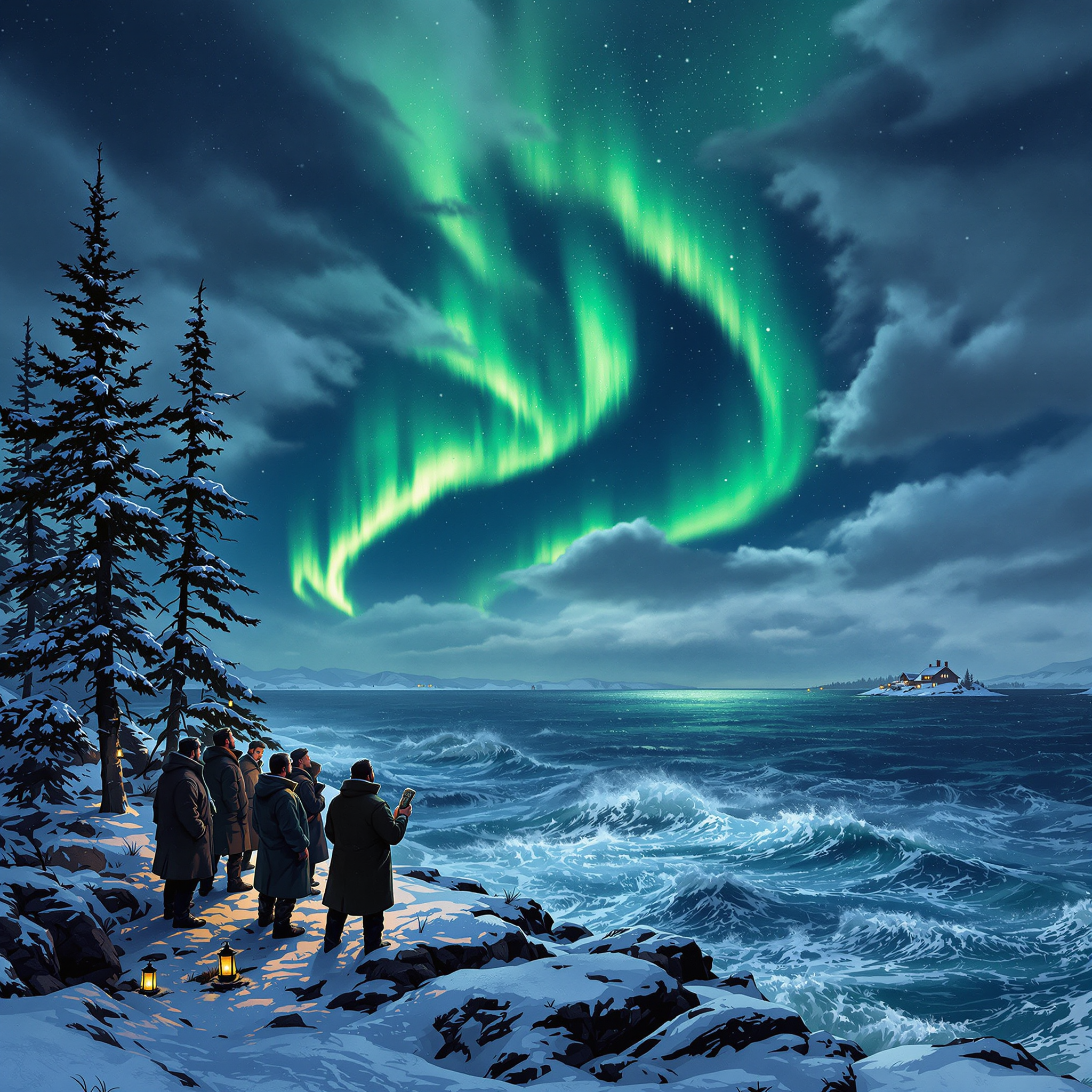In this belief, viewing the aurora borealis—also called the Northern Lights—acts as an atmospheric omen. It is said that if these lights are seen, particularly in vivid motion or color, a storm will arrive from the south within two days. While not part of formal meteorological systems, this superstition allowed seafarers, farmers, and residents in northern locales to mentally prepare for harsh conditions. This predictive behavior was often used as a warning to stay inland, secure boats, or delay agricultural activity. Although scientifically unfounded in its generalization, auroras do result from solar activity, which can correlate with geomagnetic disturbances often misinterpreted as related to terrestrial weather changes. The practice was one of passive observation, with no rituals, tools, or interventions—it was simply seen as a sky-borne signal from nature itself.

A baby’s future career or fate is predicted by the first object they select during a ceremonial setup.
In several Asian and Eastern European cultures, a traditional ceremony is held for babies usually around their first birthday. Known


